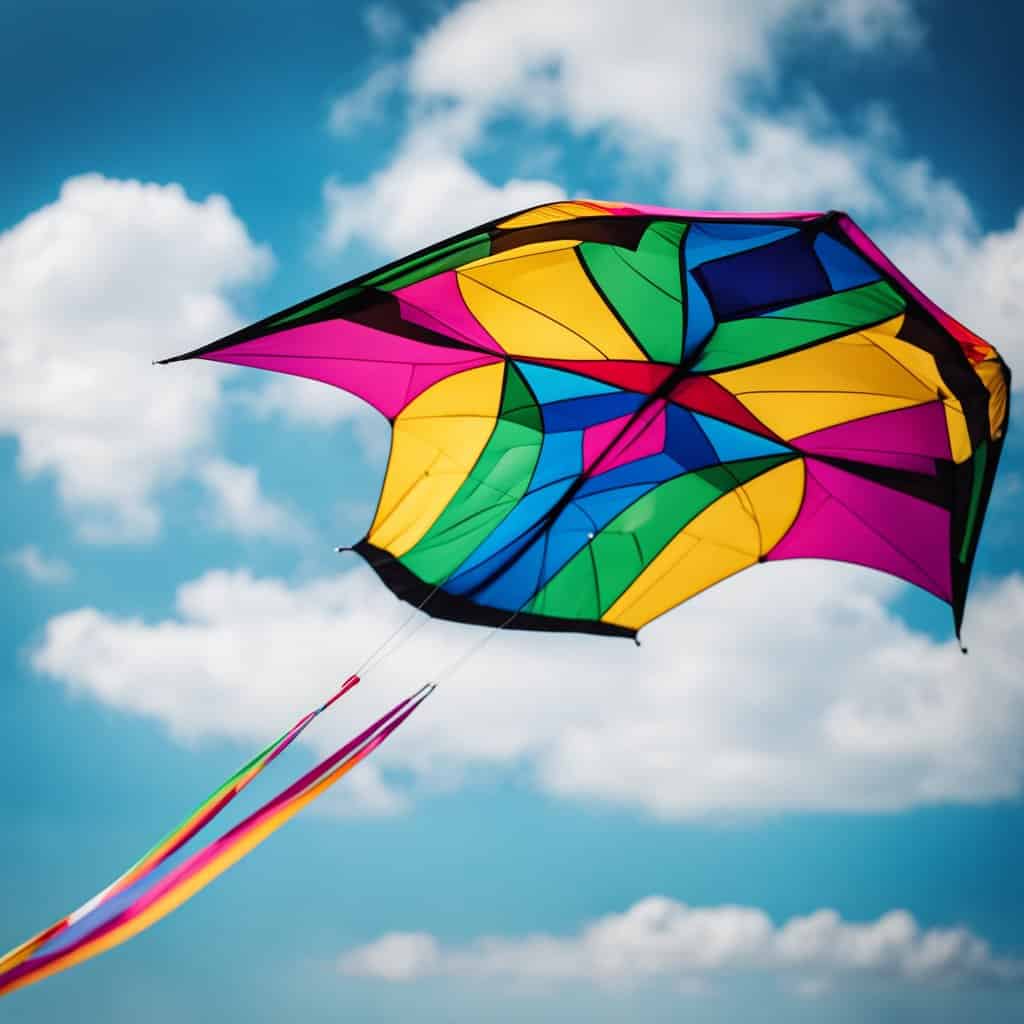Kite flying is a fun leisure activity with various physical and psychological benefits. One of the key benefits of kite flying for health is its ability to reduce stress. When flying a kite, you focus on the task at hand and let go of the worries and stresses of daily life. Flying a kite can be meditative, allowing the mind to relax and unwind.
Psychological Benefits of Kite Flying
Kite flying can be a great way to improve psychological well-being. Here are five ways kite flying can enhance psychological well-being:
1. Decreased Anxiety and Increased Joy
Kite flying can be a great way to reduce anxiety and increase joy. It can provide a sense of freedom and release from stress. Flying a kite can be exhilarating and help you feel more alive. The time
2. Mindfulness and Acute Awareness
Kite flying requires a certain level of concentration and focus, which can promote mindfulness and acute awareness. It can help you be more present and focus on the task, helping reduce racing thoughts and promote a sense of calm.
3. Creativity and Self-Nurturing
Kite flying is an enjoyable and creative outdoor activity that allows you to express yourself through kite designing and construction, promoting self-expression and self-nurturing, leading to better psychological well-being.
4. Decreased Depression and Increased Concentration
Kite flying can also help to reduce symptoms of depression and increase concentration. It can provide a sense of accomplishment and boost self-esteem, and the concentration required to fly a kite improves focus and concentration, which can benefit you.
5. Mind/Body Benefits and Increased Awareness
Kite flying is an outdoor activity that allows you to connect with nature and the elements, promoting mind/body benefits, such as improved mood and decreased stress. Kite flying can also increase your awareness of the environment and promote a sense of connectedness to the world around you.

Benefits Of Kite Flying and Physical Health
1. Improve Physical Health
Kite flying is a great way to improve your health. This outdoor activity encourages individuals to spend time in the fresh air and sunlight, which can help boost vitamin D levels and improve overall mood.
2. Kite Flying Is Exercise And Helps Your Weight
Kite flying is a form of exercise as the kite flyer has to walk, run, jump, and move around to launch and control the kite, which helps to develop gross motor skills, increase heart rate, and improve overall health. As you constantly move while kite flying, it is a workout that burns calories, which in turn helps you maintain or lose weight.
Kite flying can be a helpful way to manage pain and promote healing. For instance, it can help distract from chronic pain and encourage movement and flexibility after an injury or surgery. This activity can positively impact your health by requiring upper body muscles, such as the arms, shoulders, and back, strengthening and improving overall physical strength. Kite flying can be meditative, promoting relaxation, which can also be beneficial for managing pain.
3. Increases Eye Muscle Strength
Kite flying can positively affect eye health, as gazing at the blue sky above helps to regulate eye muscles and nerves, preventing eye fatigue and myopia. Flying a kite also requires the eyes to focus on a distant object, which can help exercise the eye muscles and improve visual acuity. Kite flying can also help with eye muscle strength, as you must look up and track the kite’s movements in the sky.
According to a study published kite flying can effectively prevent myopia in children. The study found that children who spent more time outdoors, including flying kites, had a lower incidence of myopia than those who spent more time indoors. The researchers suggest that exposure to natural light and the visual stimulation of outdoor activities may help prevent myopia.
Kite flying can also help reduce eye fatigue, a common problem for people who spend long hours looking at screens, as looking up at a kite in the sky will help to relax the eye muscles and reduce strain.
4. Hand-Eye Coordination
Kite flying requires a lot of hand-eye coordination. The kite flyer has to constantly adjust the string’s tension and maneuver the kite in the air, which helps to improve the coordination between the hands and eyes, which is essential for many other activities such as playing sports, typing, and playing musical instruments.
5. Low-Impact Activity
Kite flying is an inclusive leisure activity for all. It is a low-impact exercise that does not put much strain on the body, making it an excellent choice for those who want to exercise without risking injury. You don’t need to climb mountains to fly a kite; a large, flat location with some wind is ideal, but flying a kite on top of a mountain is also possible.
6. Environmentally Sound Activity In Green Or Blue Spaces
One of the benefits of kite flying is that it allows individuals to spend time in nature, which reduces stress, anxiety, and depression. In addition to spending time in green spaces, you can also fly kites in blue spaces, such as beaches and lakes, and spending time near water also positively impacts mental health. Studies have found that being near water can reduce stress and improve mood.

Benefits Of Kite Flying And Socialization
Kite flying can be a fun and healthy way to spend time with friends and family. It can be a great way to connect with others and build social connections, essential for overall health and well-being. Additionally, kite flying can be a way to encourage a healthier lifestyle by promoting outdoor activity and playfulness.
Kite flying is not only a fun activity but can also be a great way to socialize with others. Kite flying can help build social connections where you can meet others flying kites and strike up a conversation. It is also an inclusive activity that can bring people from different backgrounds or ages together, which makes it a perfect family activity. Parents can teach their children how to fly a kite, while grandparents can share their experiences flying kites when they were younger.
Kite flying can also be a personal expression of creativity. You can design and decorate your kites to reflect your personality or interests, which can be a conversation starter with others.

Learning and Development Through Kite Flying
Kite flying is not only a fun activity but also an educational one. It provides an excellent opportunity for all to learn and develop new skills. Here are some benefits of kite flying for learning and development:
1. Problem Solving Skills
Kite flying can develop problem solving skills. The kite flyer has to adjust the string’s tension and maneuver it to keep it in the air, which requires quick thinking and problem-solving skills that can be applied to many other areas of life.
2. Science Education
Kite flying provides a unique opportunity to learn about wind, aerodynamics, and weather patterns. By experimenting with different kite designs and flying techniques, the kite flyer can learn about the principles of flight and how to apply them.
3. Creativity
Kite flying also encourages creativity. The kite flyer can design and decorate their kite, allowing self-expression and imagination to help develop creativity and artistic skills.
Final Thoughts
Kite flying is an excellent activity that can provide numerous benefits to one’s health. Not only does it require physical activity, but it also offers an opportunity to spend time outdoors and enjoy the fresh air. The benefits of kite flying for health are undeniable, and it’s an activity that everyone should consider trying at least once.

Frequently Asked Questions
What are some disadvantages of kite flying?
Some disadvantages include the risk of injury from sharp kite strings or flying kites in crowded areas.
Can flying a kite be therapeutic?
Yes, kite flying can be therapeutic. It can provide a relaxing and meditative experience, which can help reduce stress and anxiety. The sense of accomplishment from successfully flying a kite can also boost self-esteem and confidence.
What is the significance of kite flying in different cultures?
Kite flying has a significant cultural significance in different parts of the world. In some cultures, it is associated with festivals and celebrations, while in others, it has historical and religious importance. For example, in China, kite flying has been a popular pastime for over 2,000 years and is associated with celebrating the Chinese New Year.






